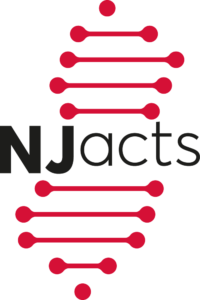 Please read Dr. Aleksunes’ article in the Toxicological Sciences titled, “Fetoplacental Disposition and Toxicity of Cadmium in Mice Lacking the Bcrp Transporter.“
Please read Dr. Aleksunes’ article in the Toxicological Sciences titled, “Fetoplacental Disposition and Toxicity of Cadmium in Mice Lacking the Bcrp Transporter.“
One function of the placenta is to safeguard the fetus from exposure to toxicants. This protection is due, in part, to the expression of efflux transporters that enable the active removal of chemicals from the placenta to the maternal circulation. The breast cancer resistance protein (human BCRP/ABCG2, rodent Bcrp/Abcg2) is one such efflux transporter expressed by syncytiotrophoblasts and extravillous trophoblasts in humans and rodents. Substrates of BCRP include endogenous chemicals (ie, estrogens, uric acid, and bile acids) as well as a wide array of drugs including some prescribed during pregnancy (ie, glyburide and nitrofurantoin). Impairment of BCRP function can therefore cause xenobiotics to accumulate in the placenta (and potentially fetus) leading to perinatal disease. Mice are often used to study BCRP function in vivo because the human and rodent genes share over 80% homology. Bcrp-null mice are fertile and have previously been used to assess the placental disposition of xenobiotics. To read the full article.
Fetoplacental Disposition and Toxicity of Cadmium in Mice Lacking the Bcrp Transporter. Kozlosky D, Doherty C, Buckley B, Goedken MJ, Miller RK, Huh DD, Barrett ES, Aleksunes LM. Toxicol Sci. 2023 Nov 6;197(2):132-46. PMID: 37941438 PMCID: PMC10823776 DOI: 1093/toxsci/kfad115
